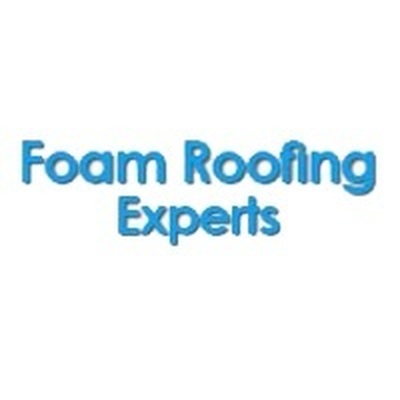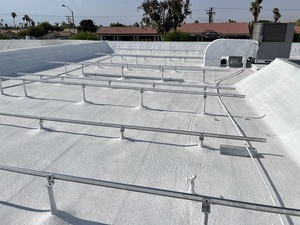-
 Encontrar enMiembros
Encontrar enMiembros Encontrar enVideos
Encontrar enVideos Encontrar enCanales
Encontrar enCanales
This website uses cookies to ensure you get the best experience on our website.
To learn more about our privacy policy haga clic aquíPreferencia de privacidad
- Etiquetas - #Commercial Foam Roofing
-
- Última actualización 14 de marzo de 2023 0 comentarios, 135 vistas, 0 likes
- Cathedral City, CA, USA - Obtener las direcciones
More from Foam Roofing Experts
More in Politics
Related Blogs
Archivo
What are the Advantages of Spray Foam Roofing for Commercial Buildings?
Publicado por Foam Roofing Experts
14 de marzo de 2023
Cuerpo
Polyurethane foam is used in the construction of spray foam roofs. This material, which is a mixture of isocyanate and polyol, is applied to surfaces to create a protective membrane. Upon contact, the spray foam can expand up to 60 times its original volume and gets hardened, creating a solid layer that serves as a barrier against air and water infiltration and provides thermal insulation. The foam's expansive properties allow it to fill in gaps and cracks in the roofing system. Consider the following information when determining if a spray foam roof is the best option for your building.
Easy to install
Commercial roofing contractors often prefer spray foam roofing due to its versatility in fitting into any space within a building. The foam can be easily sprayed into hard-to-reach areas, reducing installation time and labor costs. Additionally, it is the most cost-effective option available in the roofing industry, leading to significant savings for property owners who opt for this choice.
Energy efficient
Contractors measure the energy efficiency of a building's roof or walls using the R-Value, which determines the depth wind or water can penetrate a surface. Spray foam has the highest R-Value rating of 5.3 - 8.0 per inch, making it a popular choice. Since spray foam has no seams, there is no risk of sections separating from each other. Once the foam hardens, it creates an energy-efficient environment by preventing air or water infiltration, allowing heating and cooling systems to operate more efficiently and reducing monthly energy bills and annual repair and maintenance costs.
Long life
Commercial foam roofing, once applied, can outlast the lifespan of the building and provide superior performance compared to other roofing materials for extended periods. It also requires less maintenance and fewer repairs over the years. Repairs, when necessary, are easy and relatively inexpensive. Another advantage of spray foam roofing is that it does not have seams or sections, eliminating concerns of separating or coming apart.
Don’t require eliminating the old roof
By using spray foam roofing, you can avoid the expenses related to removing the old roof from the building, including labor and equipment costs, as well as common issues that may arise with other roofing materials. Additionally, waste removal costs are not a concern when using spray foam roofing.
Bottom line
Spray foam roofing is a lightweight, long-lasting roofing system that provides exceptional insulation and durability. It weighs only one-eighth of the weight of conventional materials, giving designers greater flexibility without requiring structural reinforcement. Moreover, foam roofing is impervious to any type of weather or storm damage and requires minimal upkeep. When maintained appropriately, it can last a lifetime.
Fotos
Mapa
-
Ubicaciones en MyWorldGo
Información sobre la ubicación
- Ubicación: Cathedral City, CA, USA - Obtener las direcciones
- Dirección formateada: Cathedral City, CA, USA
- Dirección: Cathedral City
- Ciudad: Riverside County
- Estado: California
- País: United States









Comentarios